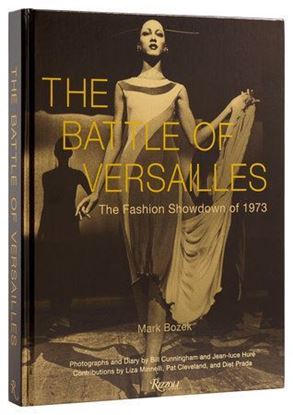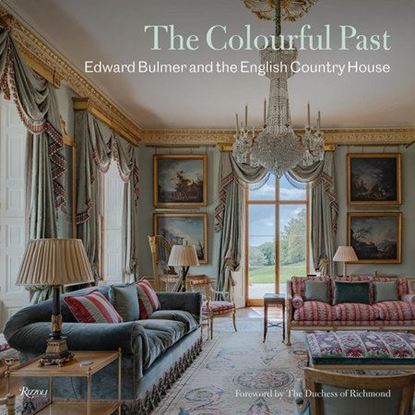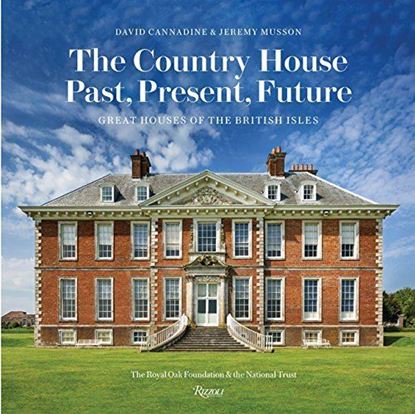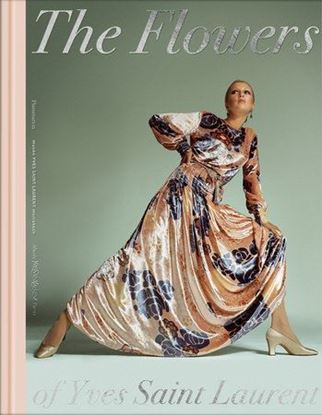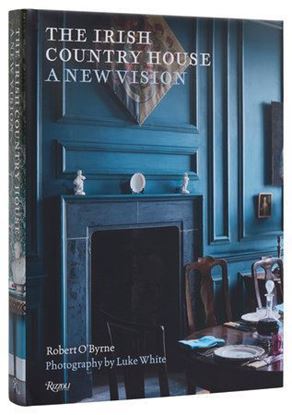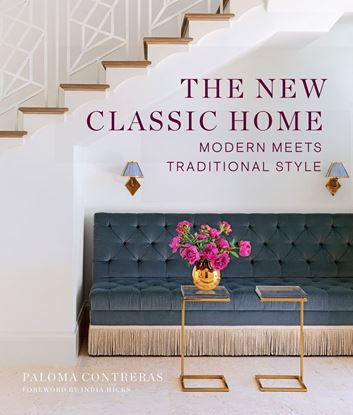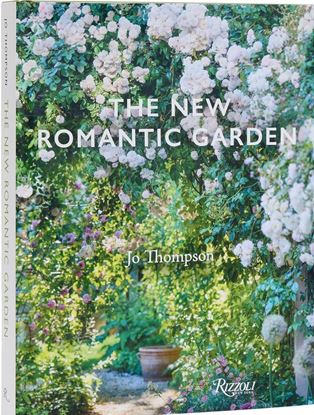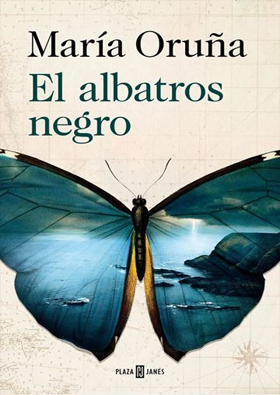

TEORIA DE LA ARQUITECTURA. (T.P.)
Esencia estructural
Los tratados de arquitectura que dieron forma a nuestro mundo
Si alguna vez se ha preguntado en qué piensan los arquitectos cuando proyectan un edificio, le encantará saber que no falta material brillante de lectura para satisfacer su curiosidad. Aunque una incursión en los archivos de la biblioteca de su ciudad seguramente le resultará muy provechosa, no le proporcionará la satisfacción inmediata que obtendrá con esta obra.
2,850
2,280
THE ART OF HOME
With a keen eye for art and having spent her childhood in Japan, Singapore, and the United States, rising star designer Sara Story brings a unique perspective to all of her projects. Drawing inspiration from her extensive travels and passion for art and fashion, her work combines bold, contemporary art with antique pieces from every corner of the world to create extraordinary homes for her clients and her own family. She exacts her aesthetic vision with a style that combines modern with bohemian, creating well-collected, polished environments that feature crisp, elegant, and comfortable design gestures.
3,700
2,960
THE BATTLE OF VERSAILLE
The first illustrated book to chronicle the dramatic 1973 face-off between French and American fashion designers, which left an indelible mark on the fashion industry, launched American designers as a global force, and challenged the cultural norms of the time.
Images from the archives of renowned fashion photojournalists Bill Cunningham and Jean-luce Huré—largely unseen until now—capture the behind-the-scenes drama, fabulous clothing, iconic models, and glamorous guests at this historic show.
4,995
3,996
THE COLOURFUL PAST
Interior designer Edward Bulmer breathes new life into centuries-old houses with a sympathy that is rooted in a deep understanding of the past, transforming them into comfortable homes designed for modern living.
1,995
1,596
THE COUNTRY HOUSE. PAST, PRESENT (OF3)
From The Crown to Downton Abbey, the country house speaks to our fantasies of rustic splendour, style, and escape. Featuring three hundred photos from the National Trust, this lavish book draws back the curtain on the finest and most important historic homes in England, Wales, Scotland, and Ireland, revealing these great houses' intriguing pasts, grand interiors, and vi-brant reinventions for the enjoyment of modern-day visitors, residents, and armchair travellers. Locations include Knole, Cragside, Castle Howard, Chatsworth, Polesden Lacey, Petworth, Castle Bodiam, Blenheim, Longleat, and dozens more. Illuminating essays by country house expert Jeremy Musson, legendary British author and historian David Cannadine, and contributing writers and scholars provide unique insight into centuries of life in a historic home. This is a rich visual resource for lovers of sumptuous interiors on a human scale, as well as grand exterior architecture and gorgeous landscapes. For Anglophiles, royals watchers, and lovers of the country house lifestyle, architecture, and interior design, this is a magnificent new look at landmark British country houses, the treasures they contain, and how they speak to our fantasies of rustic splendour and escape today.
995
796
THE FLOWERS OF YVES SAINT LAURENT
Produced with the Yves Saint Laurent museums in Paris and Marrakech, this book examines how flowers served as the designer’s muse throughout his life and work.
Yves Saint Laurent’s passion for flowers and gardens was the source of endless inspiration. From a thousand and one rose buds to sprigs of lily of the valley, from an avalanche of bougainvillea to delicate poppy blooms, and from sheaves of wheat to majestic lilies, he metamorphosed nature in his creations. Employing flowers as a palette of patterns and techniques, he adorned women in floral appliqués, prints, and embroideries.
3,200
2,560
THE IRISH COUNTRY HOUSE
Forgoing the criteria of stateliness and opulence, this book is an exploration of the most captivating and unusual interiors in Ireland. Whether in the transformation of a derelict estate, the preservation of an historic hunting lodge, or the re-creation of a Gothic fantasy, each of the homes in this extraordinary book reflects a renewed vitality in the contemporary approach to Irish country houses.
4,500
3,600
THE NEW CLASSIC HOME MODERN MEETS
In The New Classic Home, beloved designer Paloma Contreras focuses her sought-after expertise on one of the most desired yet difficult tasks in decorating: how to design a space that successfully mixes traditional and modern elements. How does one bridge the gap between such different concepts? By walking readers through her four main techniques—color, texture & pattern, scale & proportion, and tension—Contreras demonstrates how to successfully pair seemingly disparate pieces from different eras and styles to create harmonious, timeless, and balanced interiors.
With spectacular color photography and personalized design tips, The New Classic Home divulges how to blend vintage pieces into even the most contemporary settings, highlight favorite elements of any architectural style, freshen classic silhouettes, and create layered, interesting spaces that always include an element of modern surprise with a touch of elegant antiquity.
2,995
2,396
THE NEW ROMANTIC GARDEN
Over her thirty-year career, celebrated designer Jo Thompson has become recognised for her timeless planting, well-proportioned, English-style gardens rendered modern by a staunch commitment to biodiversity to the eye this translates as a looser formality than English gardens of the past, though every bit as romantic.
2,995
2,396



